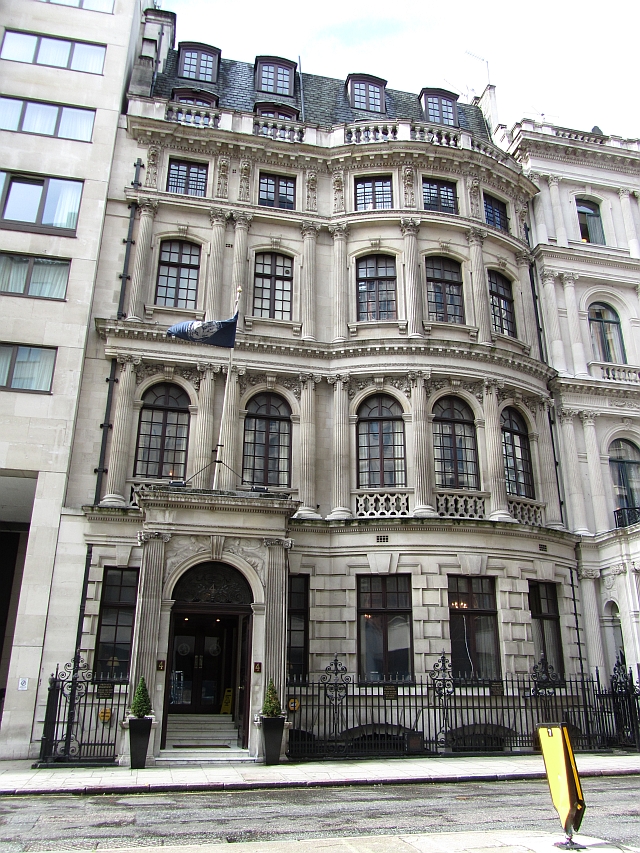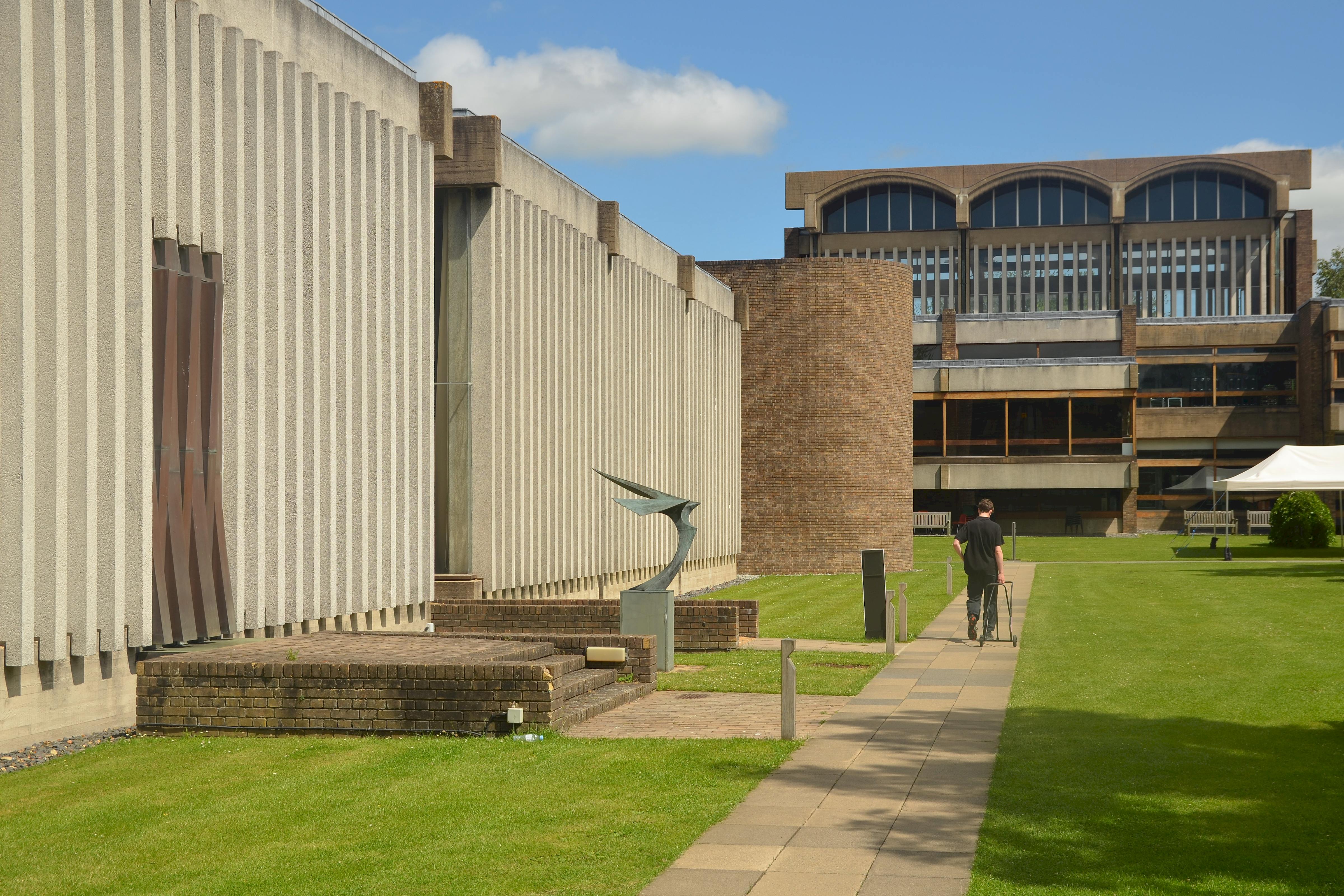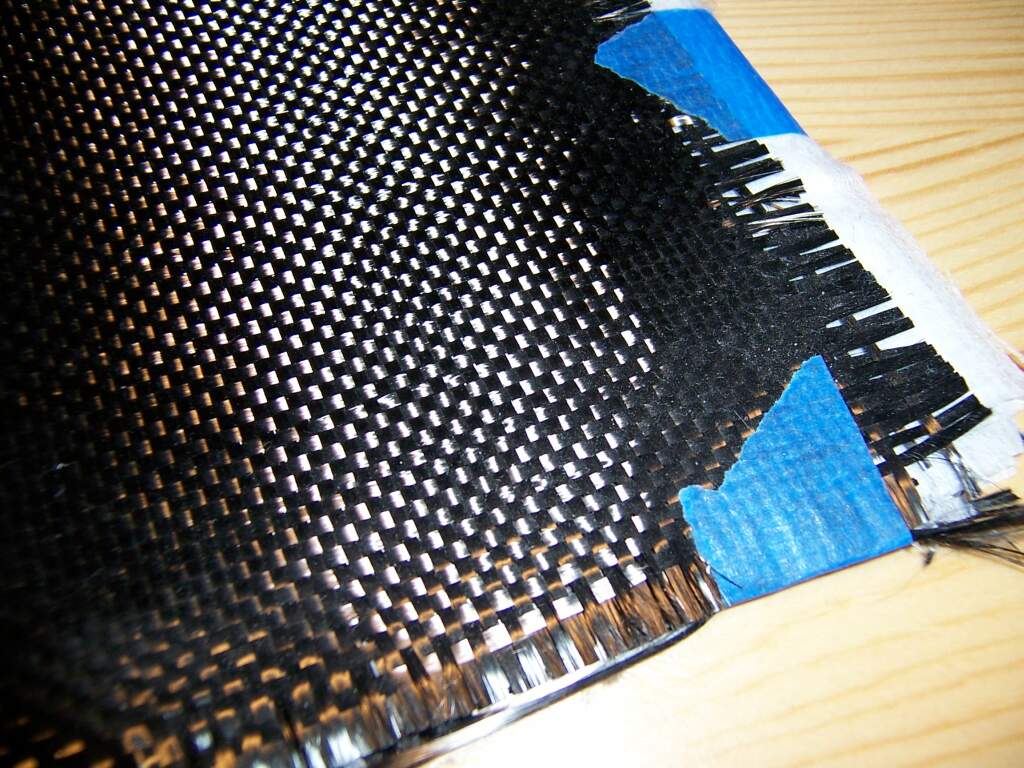|
J. E. Gordon
James Edward Gordon (UK, 1913–1998) was one of the founders of materials science and biomechanics, and a well-known author of three books on structures and materials, which have been translated in many languages and are still widely used in schools and universities. Biography Gordon graduated in naval architecture at Glasgow University. During World War II he worked at the Royal Aircraft Establishment (RAE); here he studied composite materials, wooden aircraft, plastics and new materials of many types. He designed the rescue dinghies for most bomber aircraft used in the war, and studied the strength and behaviour of reinforcement fibres made of glass, carbon, boron and other materials. After the war he worked at Tube Investments (TI) at the Group Research Laboratory, Hinxton Hall, near Cambridge. From 1962 he was head of a new branch at the Explosives Research and Development Establishment (ERDE), Waltham Abbey dealing with completely new structural materials. Some of his dis ... [...More Info...] [...Related Items...] OR: [Wikipedia] [Google] [Baidu] |
Waltham Abbey Royal Gunpowder Mills
The Royal Gunpowder Mills are a former industrial site in Waltham Abbey, England. It was one of three Royal Gunpowder Mills in the United Kingdom (the others being at Ballincollig and Faversham). Waltham Abbey is the only site to have survived virtually intact. The Royal Gunpowder Mills, Waltham Abbey, were in operation for over 300 years. Starting in the mid-1850s the site became involved in the development of revolutionary nitro-based explosives and propellants known as "smokeless powder". The site grew in size, and black powder became less important. Shortly after the Second World War it became solely a Defence Research Establishment – firstly the Explosives Research and Development Establishment, then the Propellants, Explosives and Rocket Motor Establishment Waltham Abbey; and finally the Royal Armament Research and Development Establishment Waltham Abbey. The Mills are an ''Anchor Point'' of the European Route of Industrial Heritage, set in of parkland and contain ... [...More Info...] [...Related Items...] OR: [Wikipedia] [Google] [Baidu] |
1998 Deaths
This is a list of deaths of notable people, organised by year. New deaths articles are added to their respective month (e.g., Deaths in ) and then linked here. 2022 2021 2020 2019 2018 2017 2016 2015 2014 2013 2012 2011 2010 2009 2008 2007 2006 2005 2004 2003 2002 2001 2000 1999 1998 1997 1996 1995 1994 1993 1992 1991 1990 1989 1988 1987 See also * Lists of deaths by day The following pages, corresponding to the Gregorian calendar, list the historical events, births, deaths, and holidays and observances of the specified day of the year: Footnotes See also * Leap year * List of calendars * List of non-standard ... * Deaths by year {{DEFAULTSORT:deaths by year ... [...More Info...] [...Related Items...] OR: [Wikipedia] [Google] [Baidu] |
British Materials Scientists
British may refer to: Peoples, culture, and language * British people, nationals or natives of the United Kingdom, British Overseas Territories, and Crown Dependencies. ** Britishness, the British identity and common culture * British English, the English language as spoken and written in the United Kingdom or, more broadly, throughout the British Isles * Celtic Britons, an ancient ethno-linguistic group * Brittonic languages, a branch of the Insular Celtic language family (formerly called British) ** Common Brittonic, an ancient language Other uses *''Brit(ish)'', a 2018 memoir by Afua Hirsch *People or things associated with: ** Great Britain, an island ** United Kingdom, a sovereign state ** Kingdom of Great Britain (1707–1800) ** United Kingdom of Great Britain and Ireland (1801–1922) See also * Terminology of the British Isles * Alternative names for the British * English (other) * Britannic (other) * British Isles * Brit (other) * Briton (d ... [...More Info...] [...Related Items...] OR: [Wikipedia] [Google] [Baidu] |
Alan Arnold Griffith
Alan Arnold Griffith (13 June 1893 – 13 October 1963), son of Victorian science fiction writer George Griffith, was an English engineer. Among many other contributions he is best known for his work on stress and fracture in metals that is now known as metal fatigue, as well as being one of the first to develop a strong theoretical basis for the jet engine. Griffith's advanced axial-flow turbojet engine designs, were integral in the creation of Britain's first operational axial-flow turbojet engine, the Metropolitan-Vickers F.2 which first ran successfully in 1941. Griffith however had little direct involvement in actually producing the engine, after he moved in 1939 from leading the engine department at the Royal Aircraft Establishment to start work at Rolls-Royce. Early work A. A. Griffith took a first in mechanical engineering, followed by a master's degree and a Doctorate from the University of Liverpool. In 1915 he was accepted by the Royal Aircraft Factory as a traine ... [...More Info...] [...Related Items...] OR: [Wikipedia] [Google] [Baidu] |
Royal Aeronautical Society
The Royal Aeronautical Society, also known as the RAeS, is a British multi-disciplinary professional institution dedicated to the global aerospace community. Founded in 1866, it is the oldest aeronautical society in the world. Members, Fellows, and Companions of the society can use the post-nominal letters MRAeS, FRAeS, or CRAeS, respectively. Function The objectives of The Royal Aeronautical Society include: to support and maintain high professional standards in aerospace disciplines; to provide a unique source of specialist information and a local forum for the exchange of ideas; and to exert influence in the interests of aerospace in the public and industrial arenas, including universities. The Royal Aeronautical Society is a worldwide society with an international network of 67 branches. Many practitioners of aerospace disciplines use the Society's designatory post-nominals such aFRAeS CRAeS, MRAeS, AMRAeS, and ARAeS (incorporating the former graduate grade, GradRAeS). ... [...More Info...] [...Related Items...] OR: [Wikipedia] [Google] [Baidu] |
University Of Reading
The University of Reading is a public university in Reading, Berkshire, England. It was founded in 1892 as University College, Reading, a University of Oxford extension college. The institution received the power to grant its own degrees in 1926 by royal charter from King George V and was the only university to receive such a charter between the two world wars. The university is usually categorised as a red brick university, reflecting its original foundation in the 19th century. Reading has four major campuses. In the United Kingdom, the campuses on London Road and Whiteknights are based in the town of Reading itself, and Greenlands is based on the banks of the River Thames in Buckinghamshire. It also has a campus in Iskandar Puteri, Malaysia. The university has been arranged into 16 academic schools since 2016. The annual income of the institution for 2016–17 was £275.3 million of which £35.4 million was from research grants and contracts, with an expenditur ... [...More Info...] [...Related Items...] OR: [Wikipedia] [Google] [Baidu] |
Churchill College, Cambridge
Churchill College is a constituent college of the University of Cambridge, England. It has a primary focus on science, engineering and technology, but still retains a strong interest in the arts and humanities. In 1958, a trust was established with Sir Winston Churchill as its chairman of trustees, to build and endow a college for 60 fellows and 540 students as a national and Commonwealth memorial to Winston Churchill; its Royal Charter and Statutes were approved by the Queen, in August 1960. It is situated on the outskirts of Cambridge, away from the traditional centre of the city, but close to the University's main new development zone (which now houses the Centre for Mathematical Sciences). It has of grounds, the largest area of the Cambridge colleges. Churchill was the first formerly all-male college to decide to admit women, and was among three men's colleges to admit its first women students in 1972. Within 15 years all others had followed suit. The college has a re ... [...More Info...] [...Related Items...] OR: [Wikipedia] [Google] [Baidu] |
TI Group
TI Group plc (formerly "Tube Investments") was a holding company for specialised engineering companies. It was based in Abingdon, Oxfordshire. It was registered as ''Tube Investments'' in 1919, combining the seamless steel tube businesses of Tubes Ltd, New Credenda Tube (later known as Creda), Simplex and Accles & Pollock. Reynolds Tube joined the group in 1928. Tube Investments was listed on the London Stock Exchange, and was a constituent of the FTSE 100 Index. It was acquired by Smiths Industries in the end of 2000. History The company was registered as ''Tube Investments'' in 1919, combining the seamless steel tube businesses of Tubes Ltd, New Credenda Tube (later known as Creda), Simplex and Accles & Pollock. Reynolds Tube joined the group in 1928. Ivan Stedeford joined the company in 1928. He became chief executive in 1935, and chairman in 1944. In 1946, the company bought Swallow Coachbuilding Co. (1935) Ltd. and Hercules Cycles. In 1949, the company established TI Cyc ... [...More Info...] [...Related Items...] OR: [Wikipedia] [Google] [Baidu] |
Biomechanics
Biomechanics is the study of the structure, function and motion of the mechanical aspects of biological systems, at any level from whole organisms to organs, cells and cell organelles, using the methods of mechanics. Biomechanics is a branch of biophysics. In 2022, computational mechanics goes far beyond pure mechanics, and involves other physical actions: chemistry, heat and mass transfer, electric and magnetic stimuli and many others. Etymology The word "biomechanics" (1899) and the related "biomechanical" (1856) come from the Ancient Greek βίος ''bios'' "life" and μηχανική, ''mēchanikē'' "mechanics", to refer to the study of the mechanical principles of living organisms, particularly their movement and structure. Subfields Biofluid mechanics Biological fluid mechanics, or biofluid mechanics, is the study of both gas and liquid fluid flows in or around biological organisms. An often studied liquid biofluid problem is that of blood flow in the human card ... [...More Info...] [...Related Items...] OR: [Wikipedia] [Google] [Baidu] |
Carbon (fiber)
Carbon fibers or carbon fibres (alternatively CF, graphite fiber or graphite fibre) are fibers about in diameter and composed mostly of carbon atoms. Carbon fibers have several advantages: high stiffness, high tensile strength, high strength to weight ratio, high chemical resistance, high-temperature tolerance, and low thermal expansion. These properties have made carbon fiber very popular in aerospace, civil engineering, military, motorsports, and other competition sports. However, they are relatively expensive compared to similar fibers, such as glass fiber, basalt fibers, or plastic fibers. To produce a carbon fiber, the carbon atoms are bonded together in crystals that are more or less aligned parallel to the fiber's long axis as the crystal alignment gives the fiber a high strength-to-volume ratio (in other words, it is strong for its size). Several thousand carbon fibers are bundled together to form a tow, which may be used by itself or woven into a fabric. Carbon f ... [...More Info...] [...Related Items...] OR: [Wikipedia] [Google] [Baidu] |
Fiberglass
Fiberglass (American English) or fibreglass (Commonwealth English) is a common type of fiber-reinforced plastic using glass fiber. The fibers may be randomly arranged, flattened into a sheet called a chopped strand mat, or woven into glass cloth. The plastic matrix may be a thermoset polymer matrix—most often based on thermosetting polymers such as epoxy, polyester resin, or vinyl ester resin—or a thermoplastic. Cheaper and more flexible than carbon fiber, it is stronger than many metals by weight, non- magnetic, non-conductive, transparent to electromagnetic radiation, can be molded into complex shapes, and is chemically inert under many circumstances. Applications include aircraft, boats, automobiles, bath tubs and enclosures, swimming pools, hot tubs, septic tanks, water tanks, roofing, pipes, cladding, orthopedic casts, surfboards, and external door skins. Other common names for fiberglass are glass-reinforced plastic (GRP), glass-fiber reinforced plastic (GFRP) or GF ... [...More Info...] [...Related Items...] OR: [Wikipedia] [Google] [Baidu] |




.jpg)

